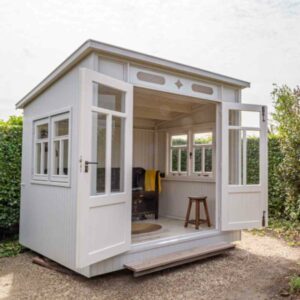The number of accessory dwelling units (ADUs) permitted in Los Angeles has increased by 6,230 percent since 2016, as reported by The Atlantic. In the state of California, The Atlantic also reports that every single year (except for 2020) saw an increase in ADU permitting of between 42% to 76% since 2016. 
Anywhere in the United States, if you are in the real estate industry, it is essential to understand how ADUs work in your locality. With sky-high interest rates and short housing supply, ADUs can help home buyers afford more house for their money, as the income from ADUs can defray mortgage expenses. If ADUs are not allowed in your city or county, they likely will be in the future, given their skyrocketing popularity.
If a homebuyer can qualify for a loan based on the “as completed” value of their primary residence plus their ADU, they will likely be able to afford a more expensive home, as the anticipated revenue from their ADU may be factored into loan approval.
Selling homes with existing or anticipated ADUs is a way to increase buying power, and increase housing density during this era of limited housing supply. Understanding how to navigate ADUs is a crucial way to set yourself apart in the real estate industry, and keep up with current market trends.
Check out our course on ADUs that will get you up to speed on everything you need to know about ADUs as a real estate agent!
Accessory Dwelling Unit (ADU) Primer Course:
https://www.onlineed.com/catalog/675/Accessory-Dwelling-Unit-ADU-Primer-Course/r1898
Sources:
https://www.oregon.gov/deq/FilterDocs/ADU-FinanceGuide.pdf
https://www.theatlantic.com/ideas/archive/2022/10/california-accessory-dwelling-units-legalization-yimby/671648/


